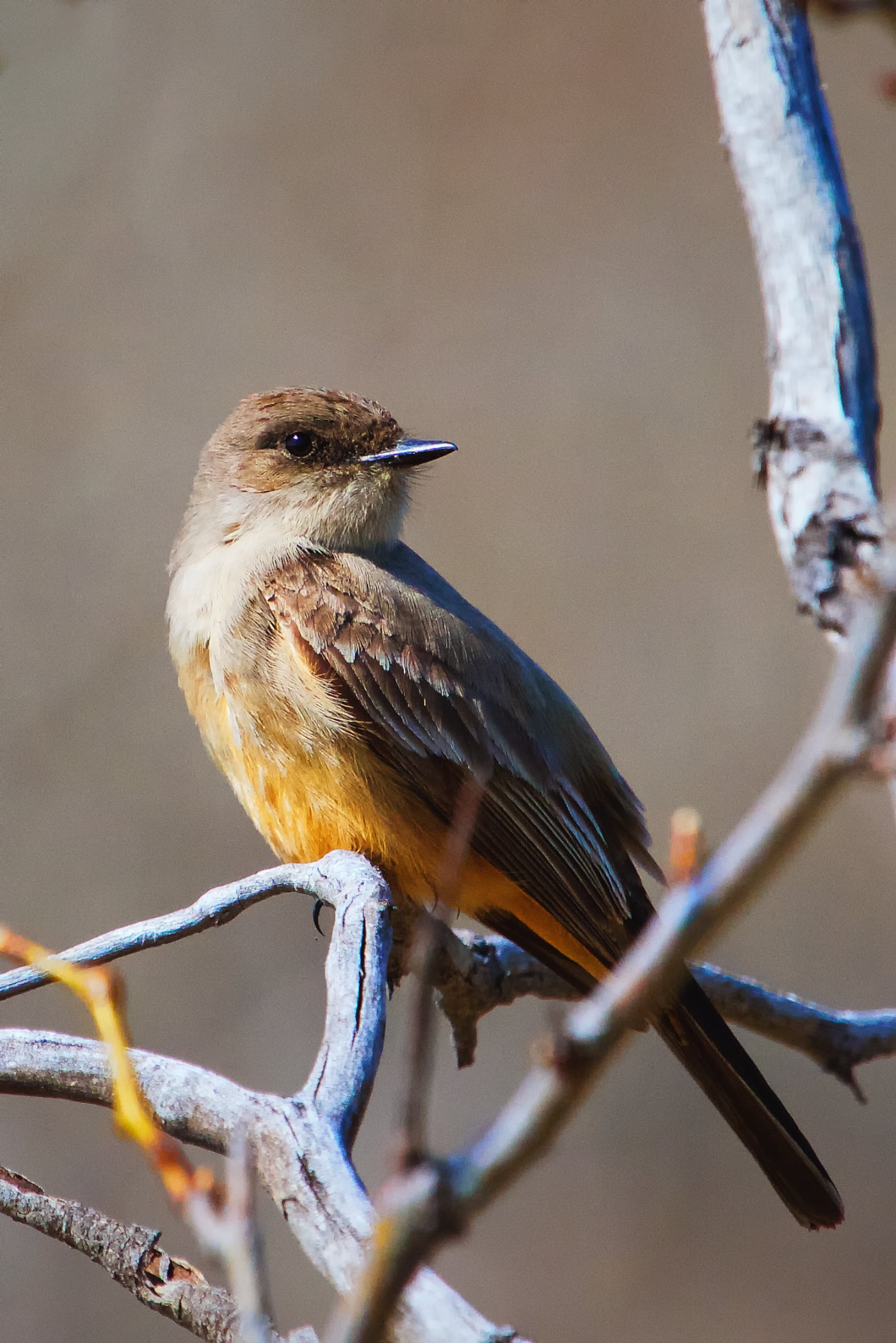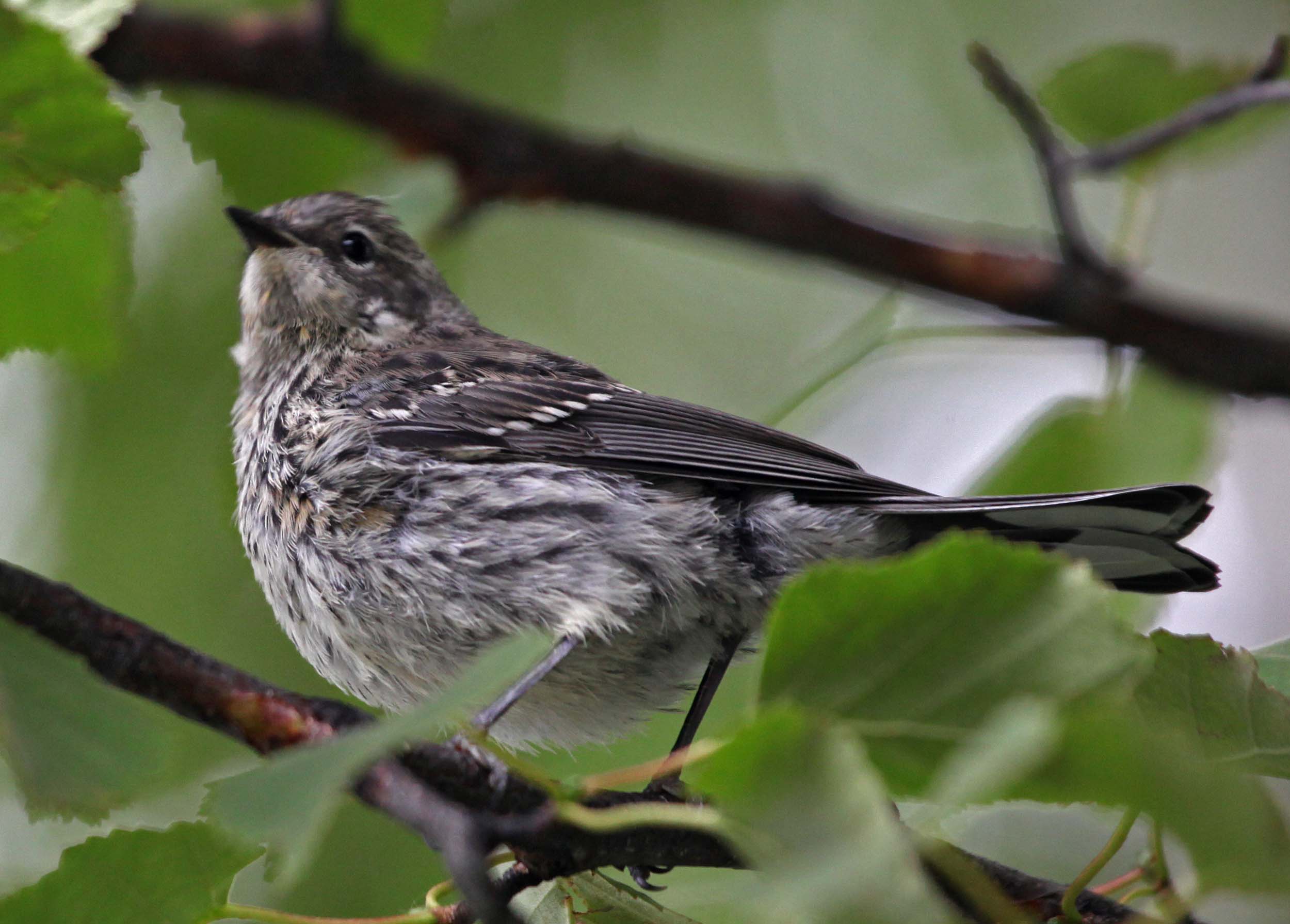

Extent of migration varies annually depending on environmental conditions. and Canada migrations may be more localized in some areas of the West. At least some populations of this species make annual migrations of over 200 km.īasically a long-distance migrant in the U.S. At least some populations of this species make local extended movements (generally less than 200 km) at particular times of the year (e.g., to breeding or wintering grounds, to hibernation sites). Juvenile dispersal is not considered a migration. At least some populations of this species do not make significant seasonal migrations. In the winter it is often found in brushy thickets of bayberry and wax myrtle (Stokes and Stokes 1996 Granlund 1999). Other Physical Features: endothermic bilateral symmetryĪ highly adaptable bird, the Yellow-rumped Warbler can be found in a variety of habitats including coniferous forest, mixed woodlands, deciduous forest, pine plantation, bogs, forest edges, and openings. Females and non-breeding males show the same basic pattern but are duller in color than their breeding counterparts (Stokes and Stokes 1996 Dunn 1999 Georgia Wildlife Website 2000). The breeding male Myrtle Warbler has white eyebrows, a white throat, and white sides of neck while the Audubon's Warbler has no eyebrows and a yellow throat.

There are two subspecies (previously considered separate species), the north and eastern Myrtle Warbler and the western Audubon's Warbler.
#YELLOW RUMPED WARBLER JUVENILE PATCH#
During the breeding season, male and female also have a yellow crown patch and white tail patches. The Yellow-rumped Warbler is a facultative migrant (it moves with food availability and weather) and so has a drastically changing winter range depending on yearly conditions (Stokes and Stokes 1996 Granlund 1999).īiogeographic Regions: nearctic (Native ) neotropical (Native )īirds of either sex in all plumages have a yellow rump and a yellow patch on their side just in front of each wing. The winter range extends from the southern states to the West Indies and Central America. Its breeding range stretches across Canada, but in the eastern United states, the Yellow-Rumped Warbler is only seen as far south as the Great Lakes states. During the spring and summer in the western side of its range, it can be found as far north as central Alaska and as far south as Central America. The Yellow-rumped Warbler has a large breeding range. Four closely related North American bird forms-the eastern Myrtle Warbler (ssp coronata), its western counterpart, Audubon's Warbler (ssp group auduboni), the northwest Mexican Black-fronted Warbler (ssp nigrifrons), and the Guatemalan Goldman's Warbler (ssp goldmani)-are periodically lumped as the Yellow-rumped Warbler ( Setophaga coronata).


 0 kommentar(er)
0 kommentar(er)
